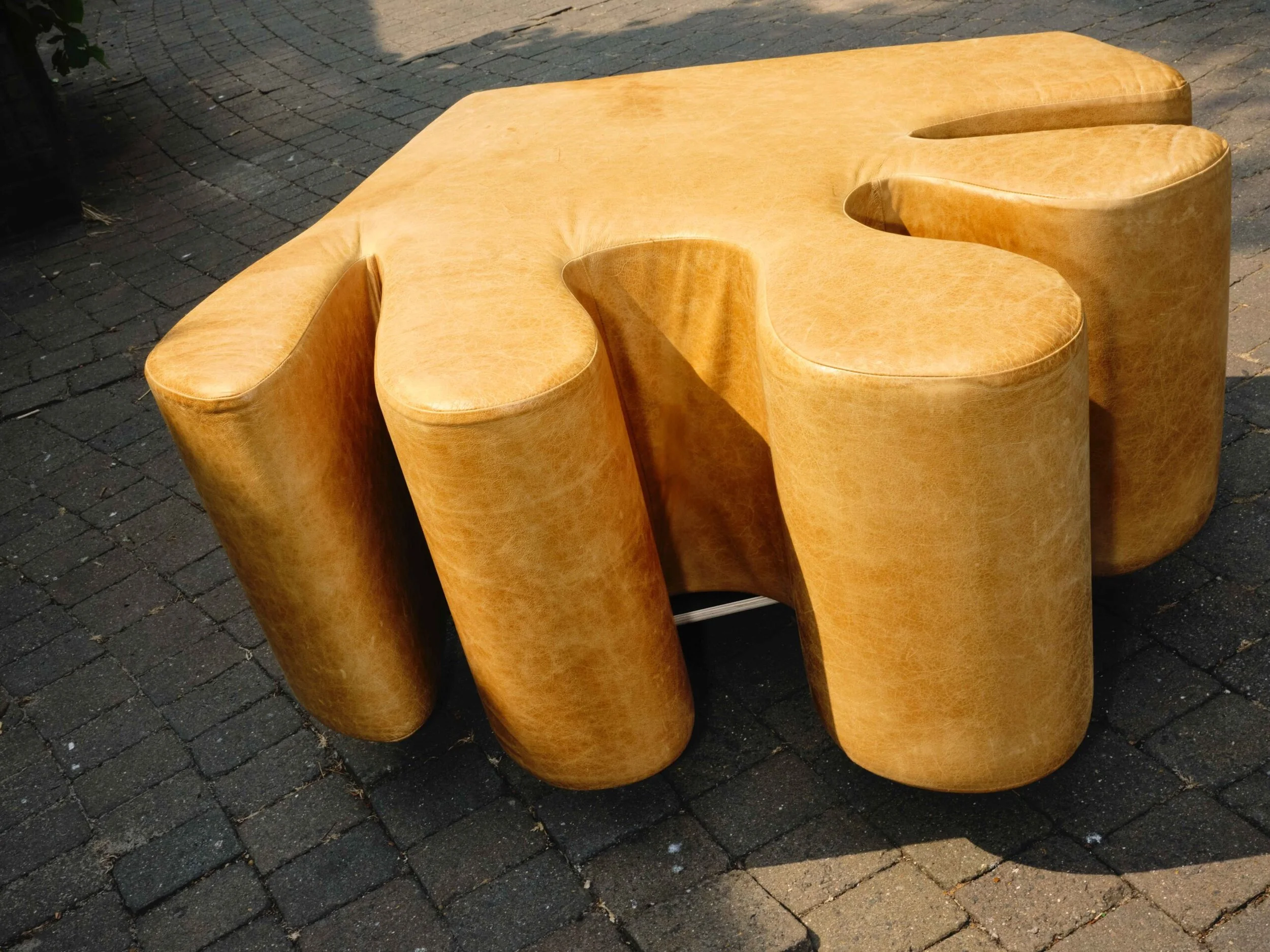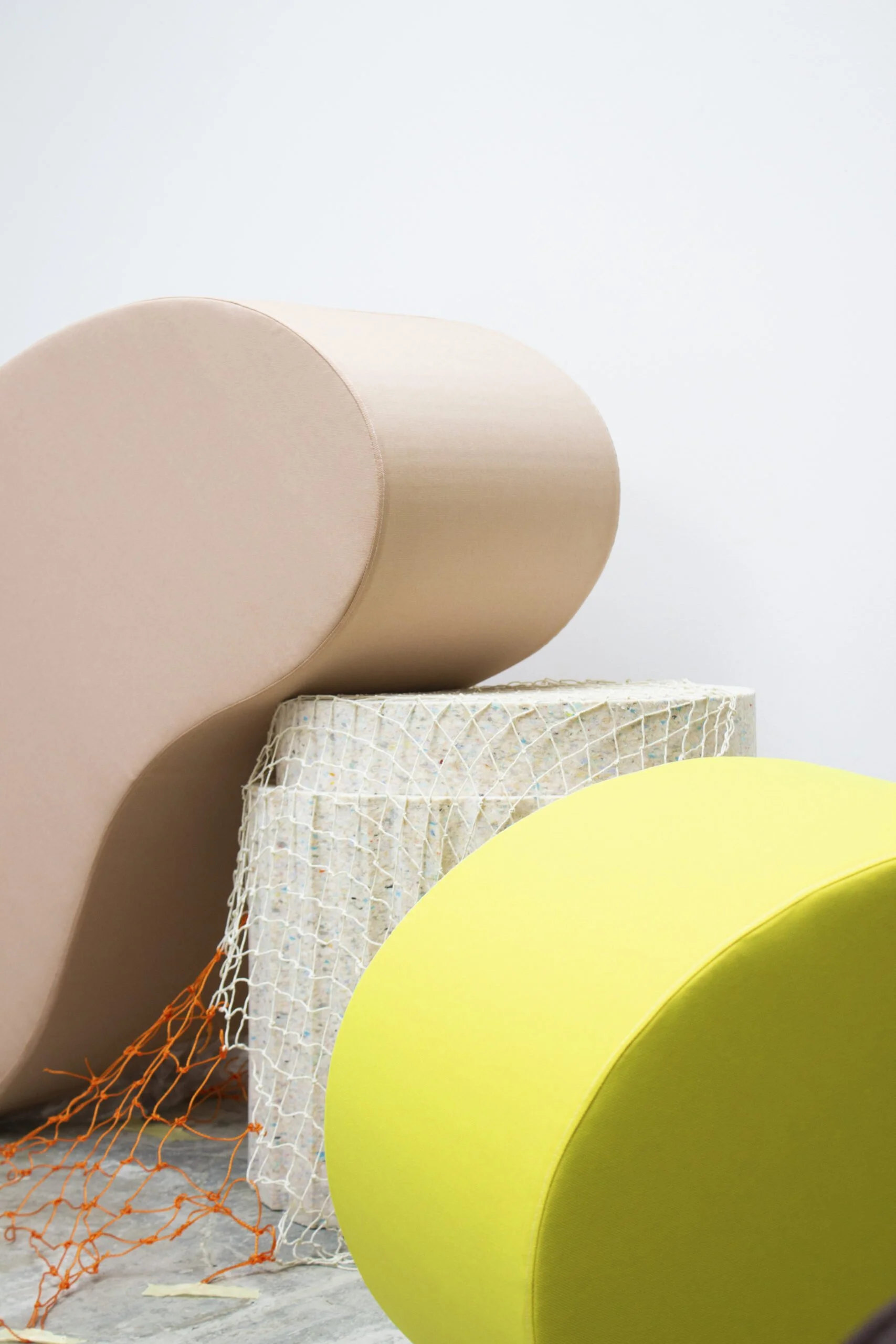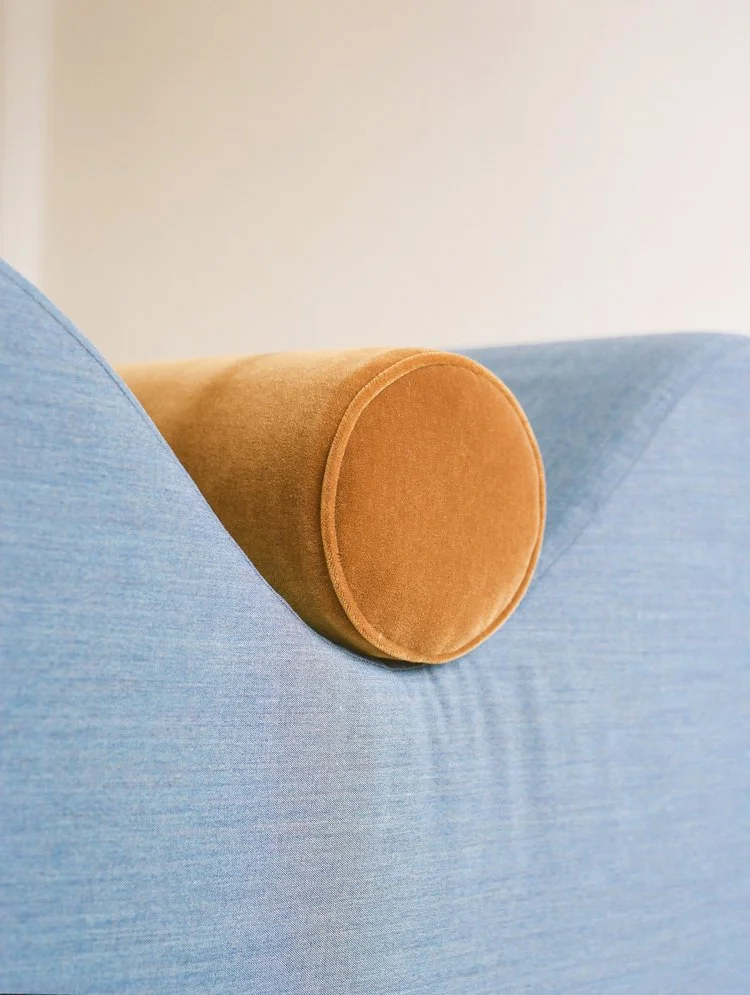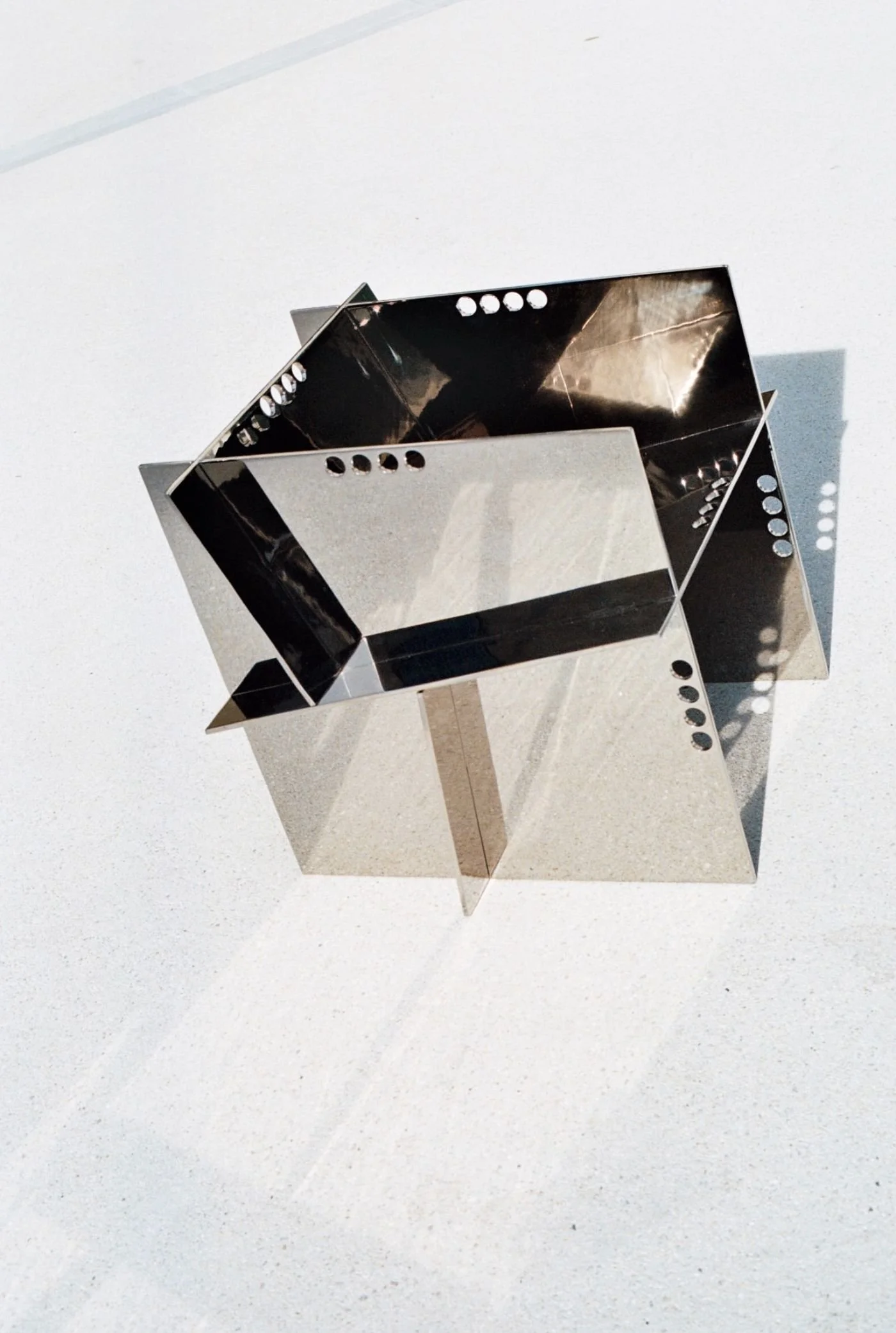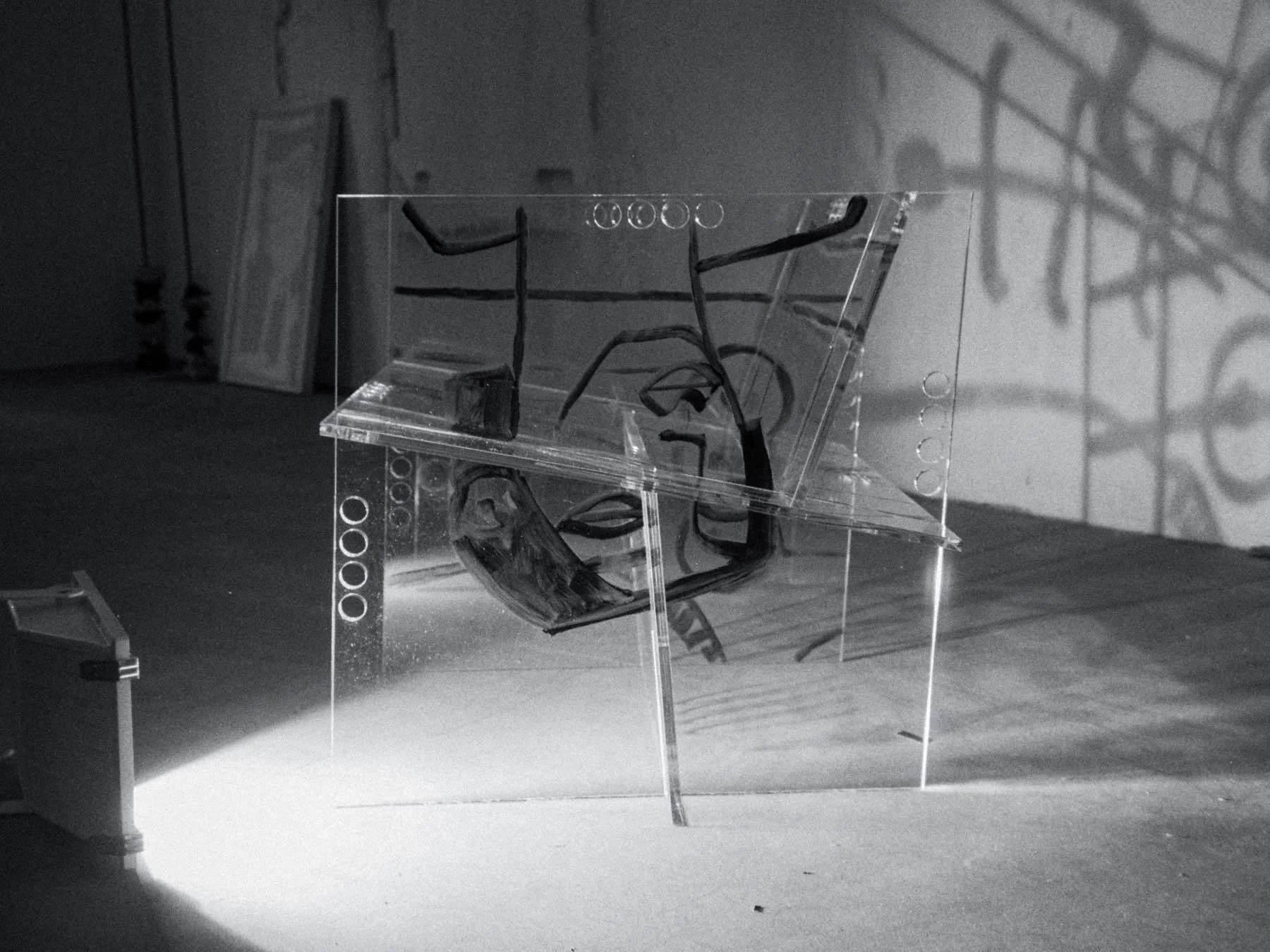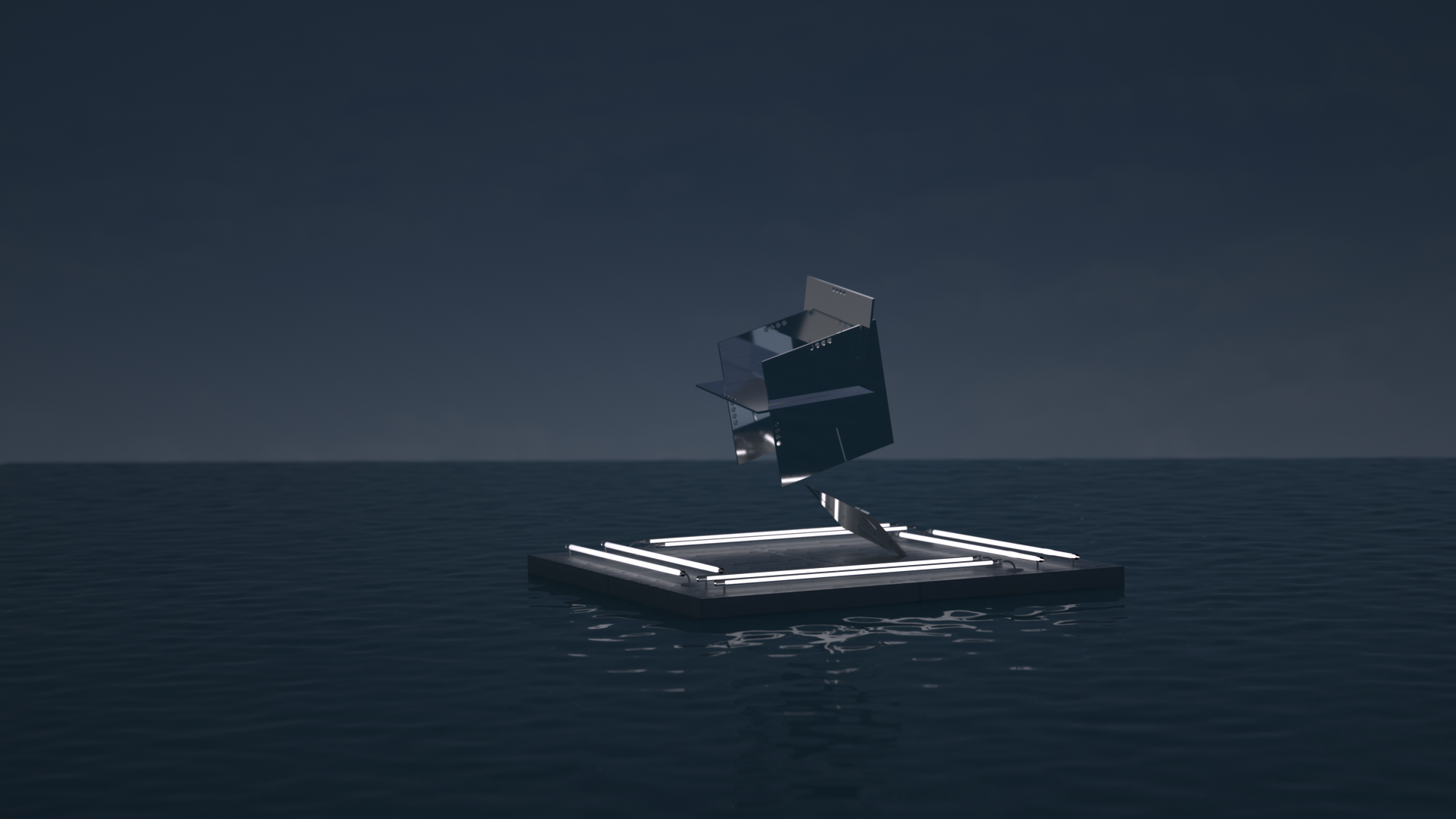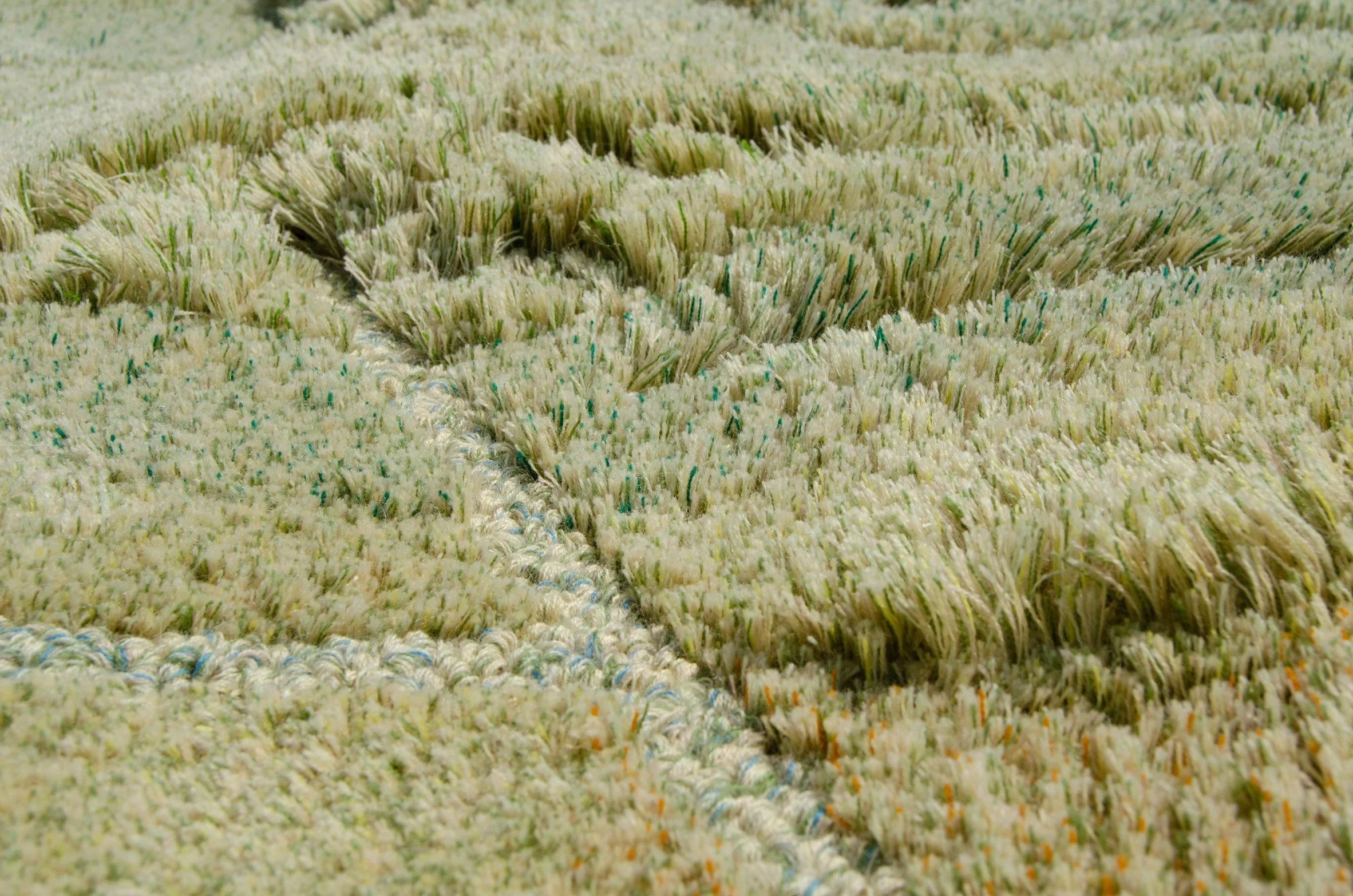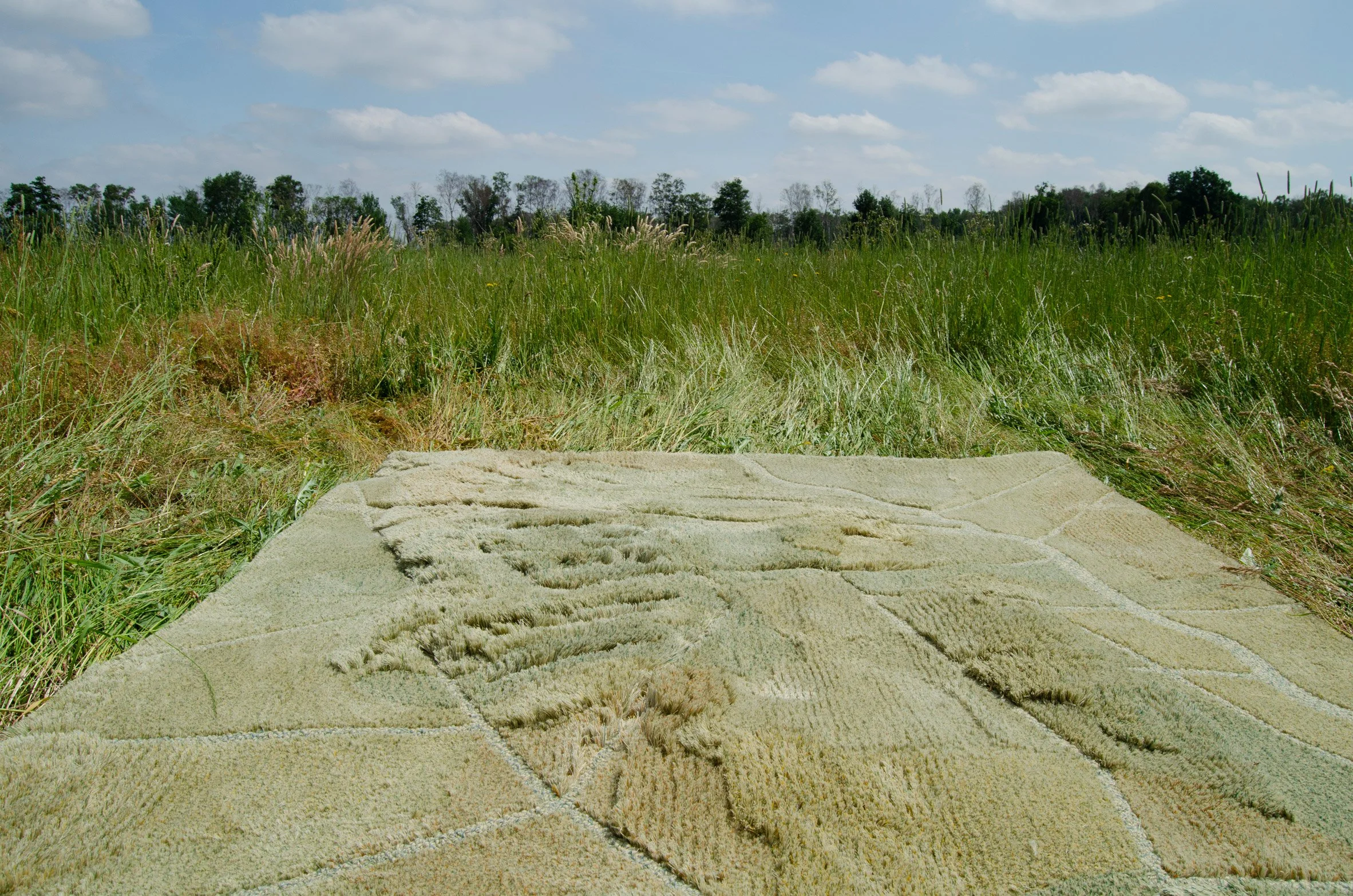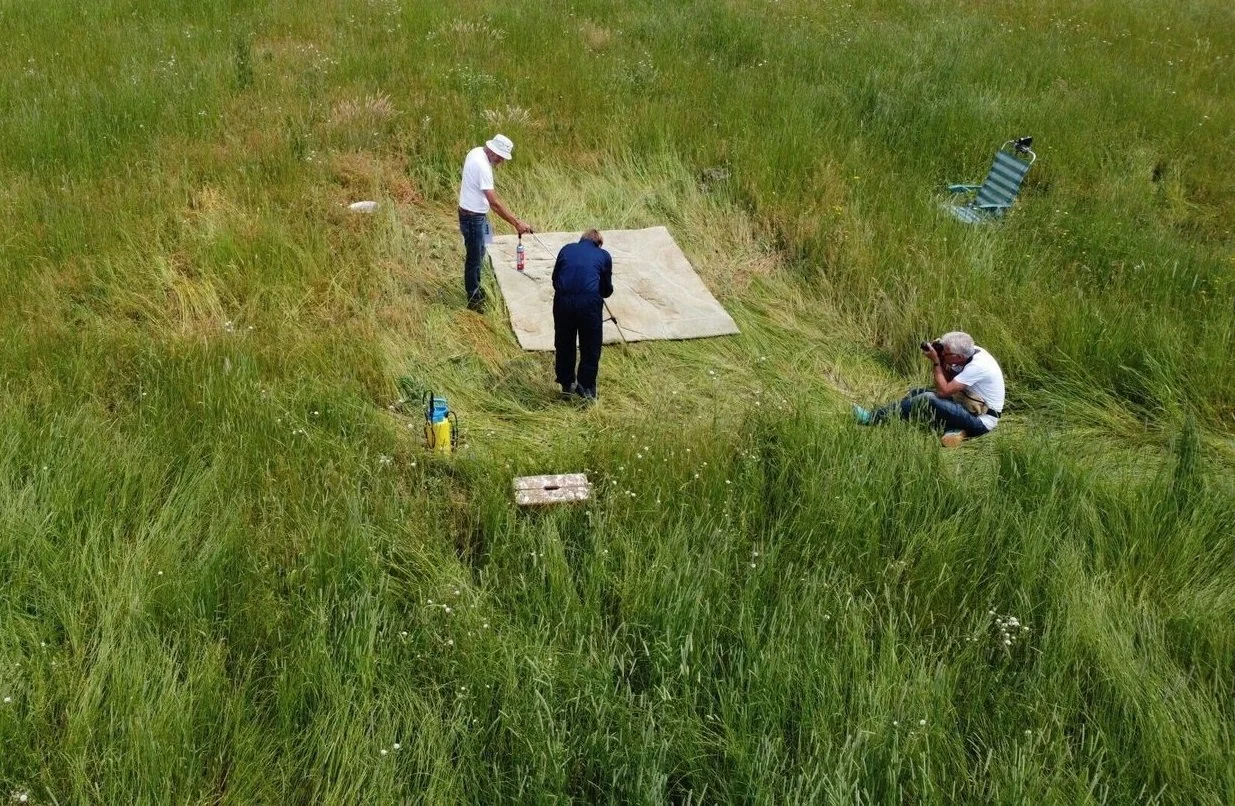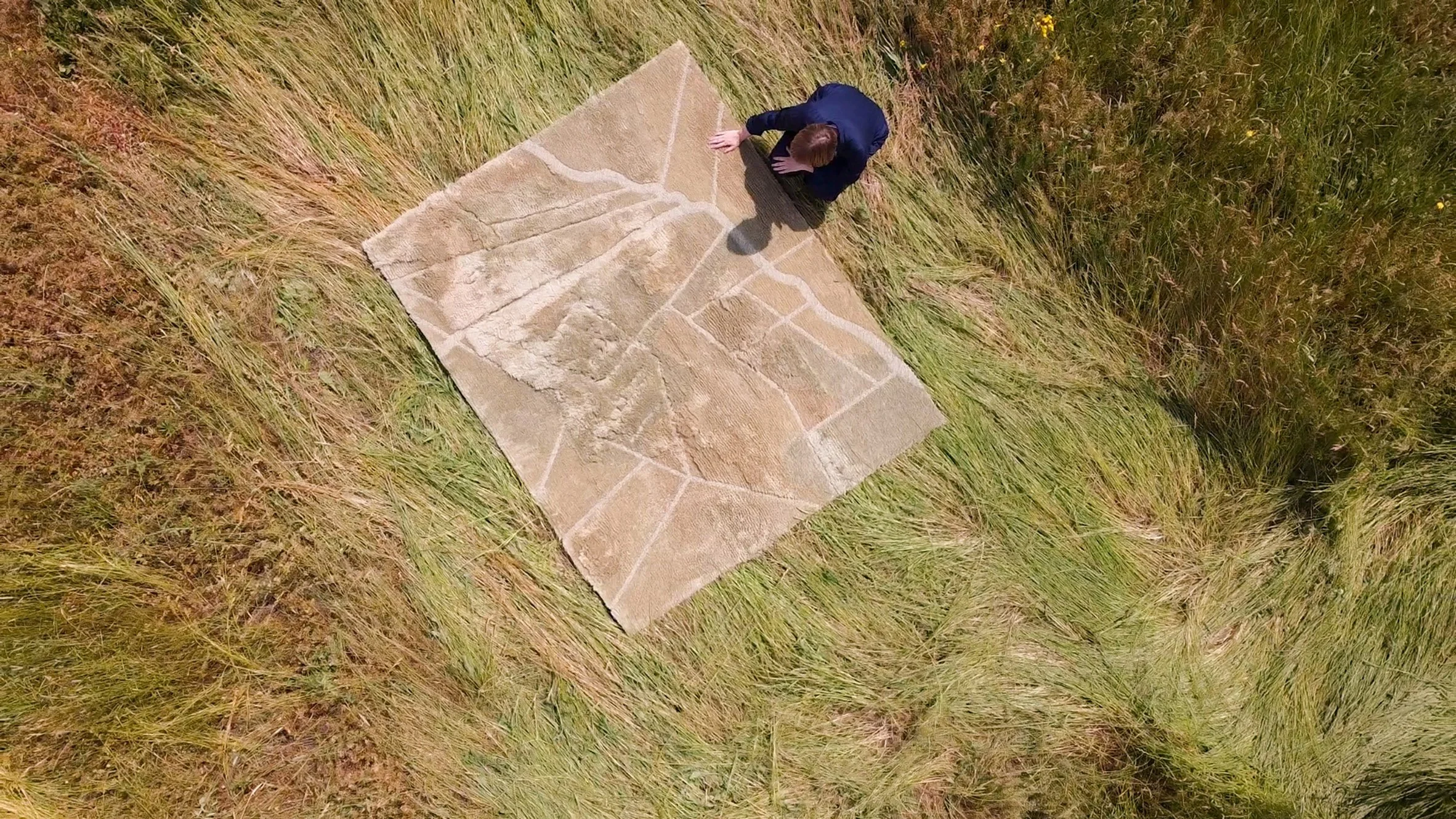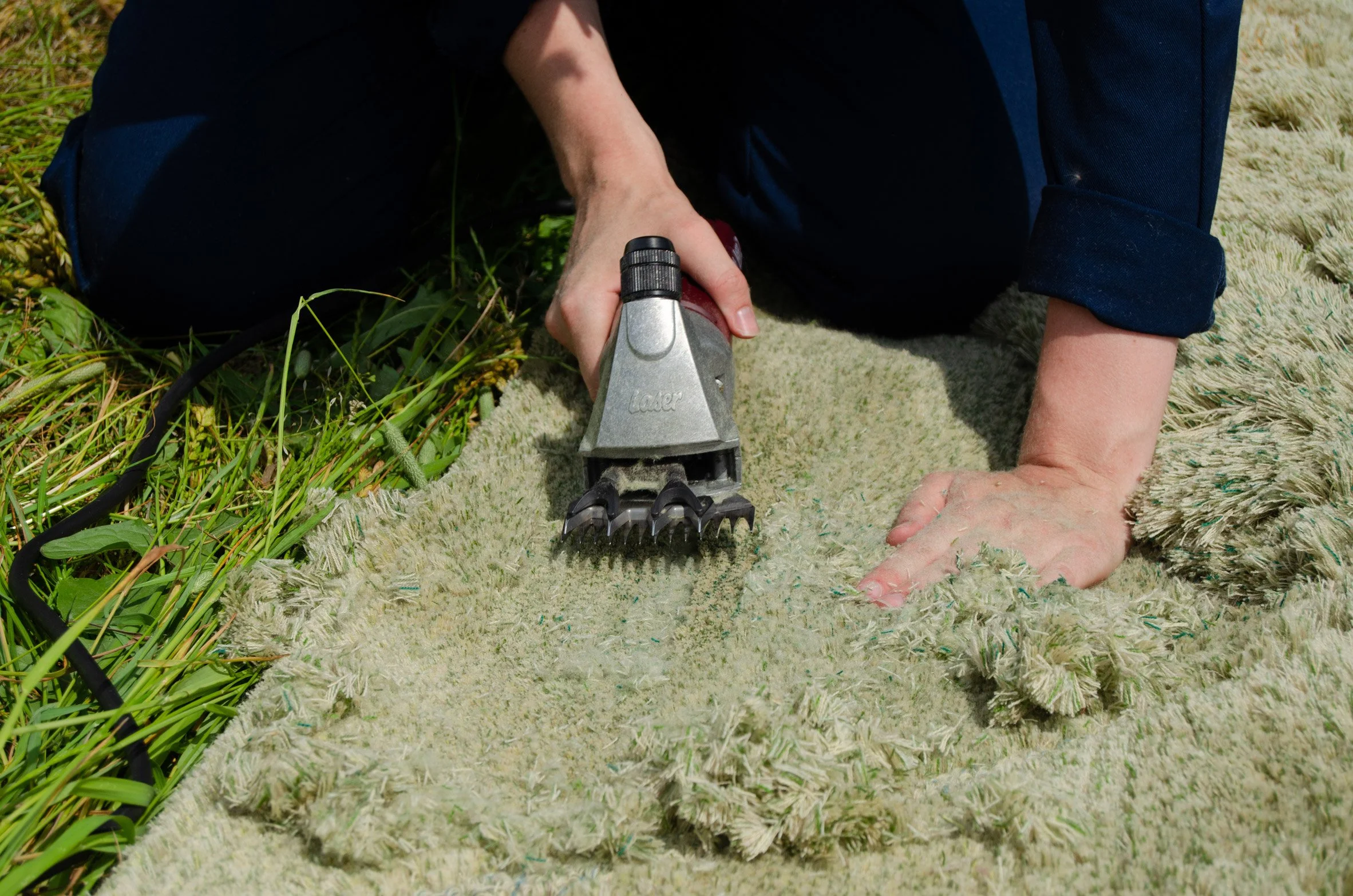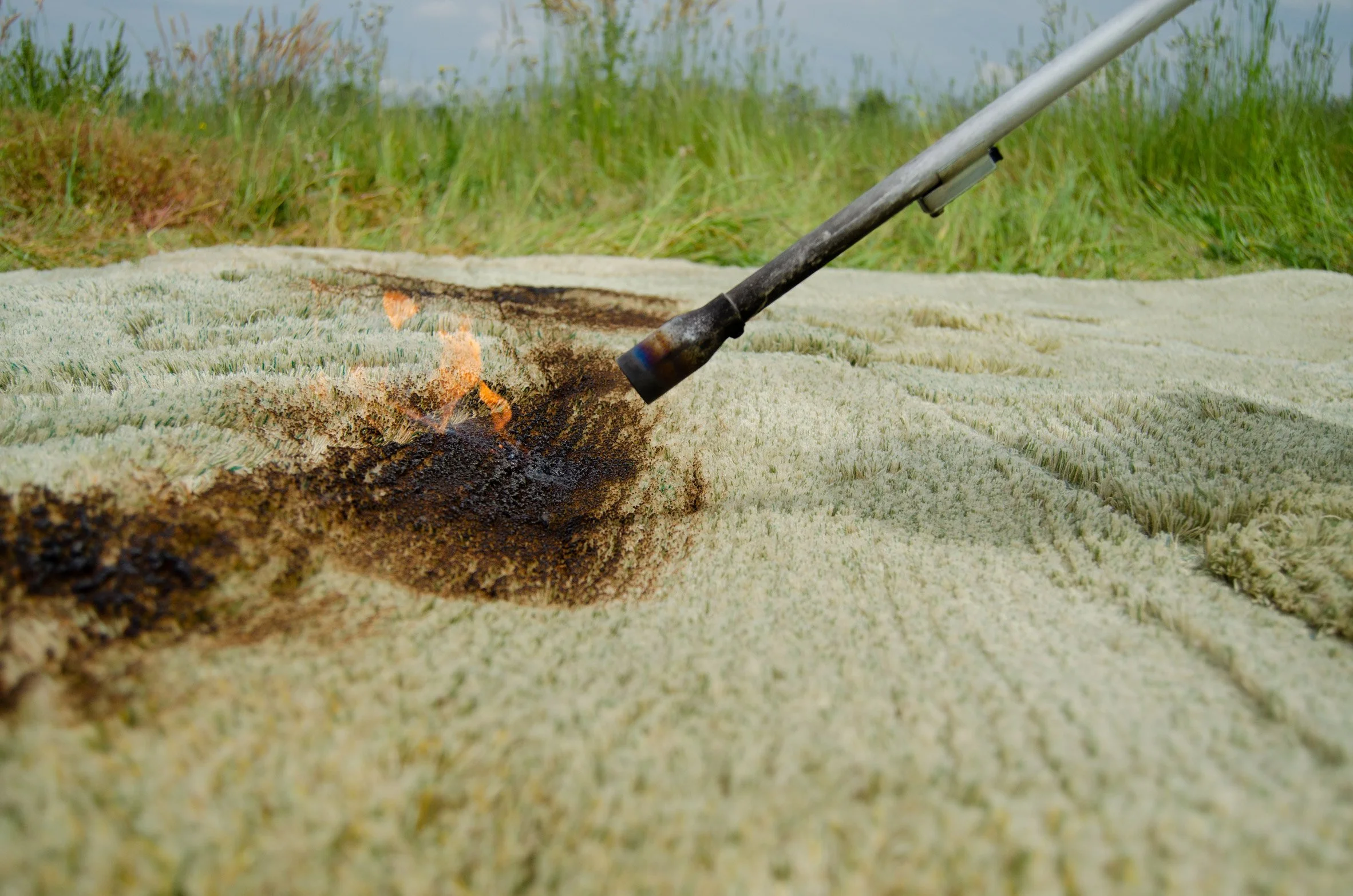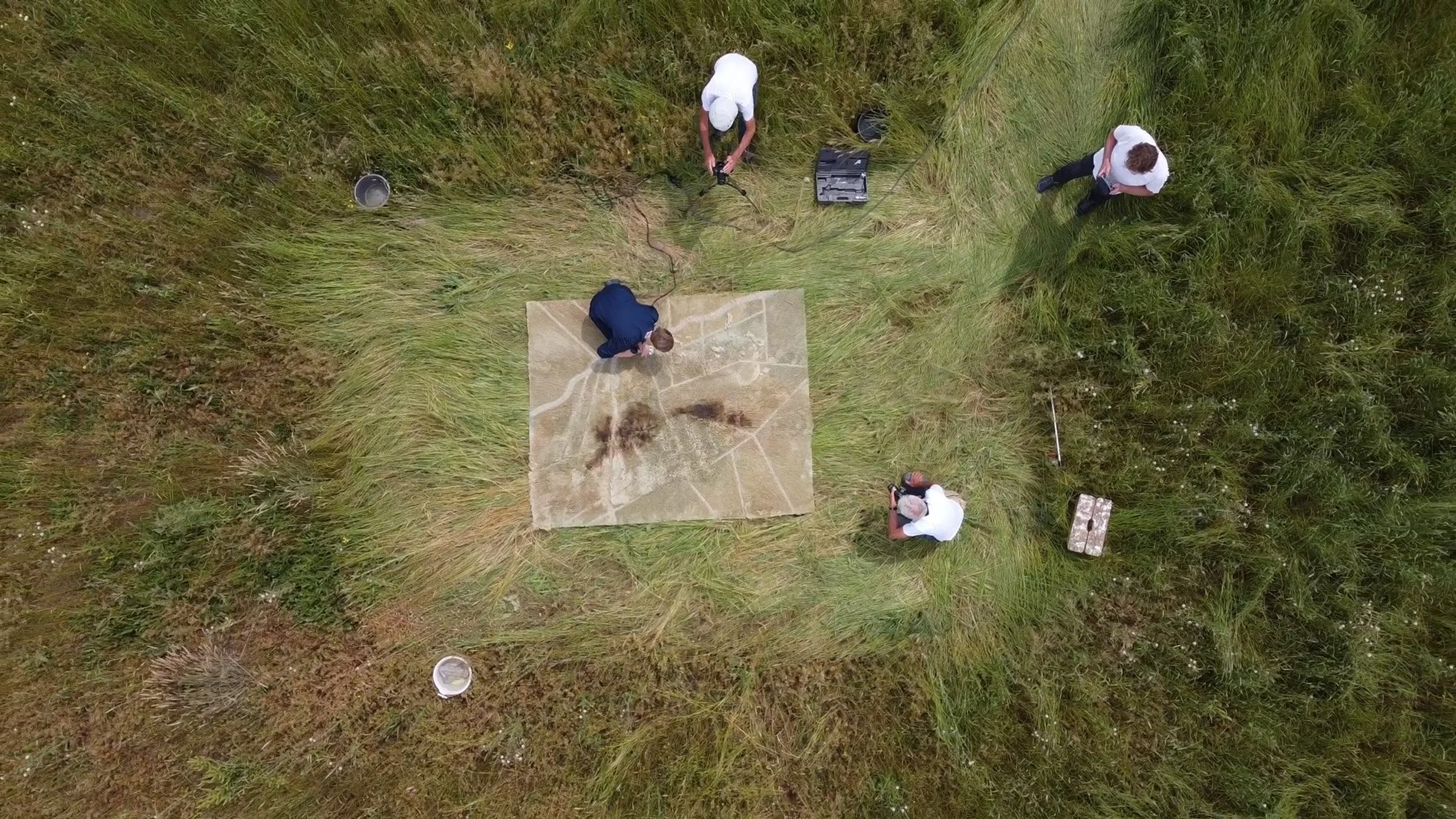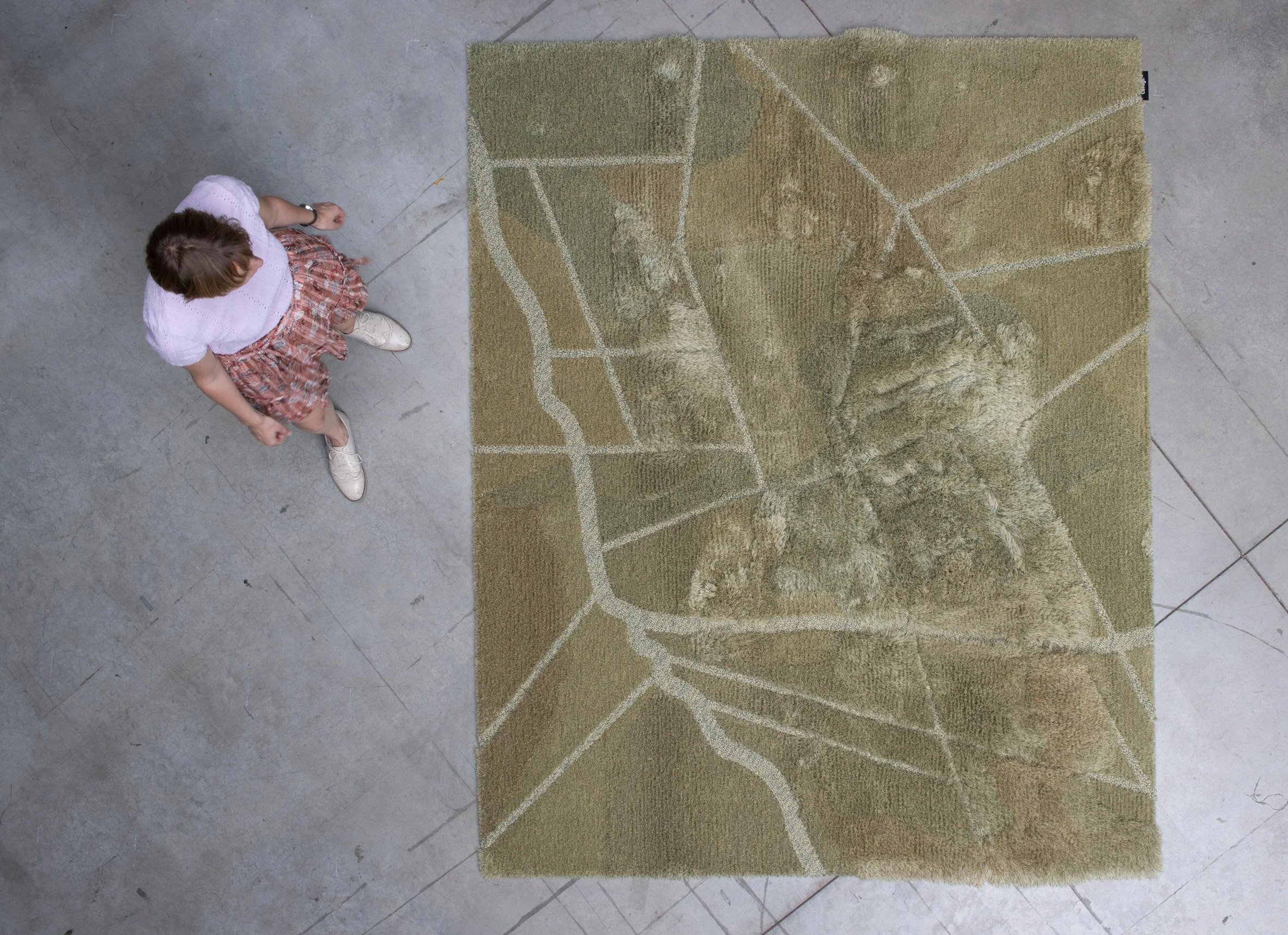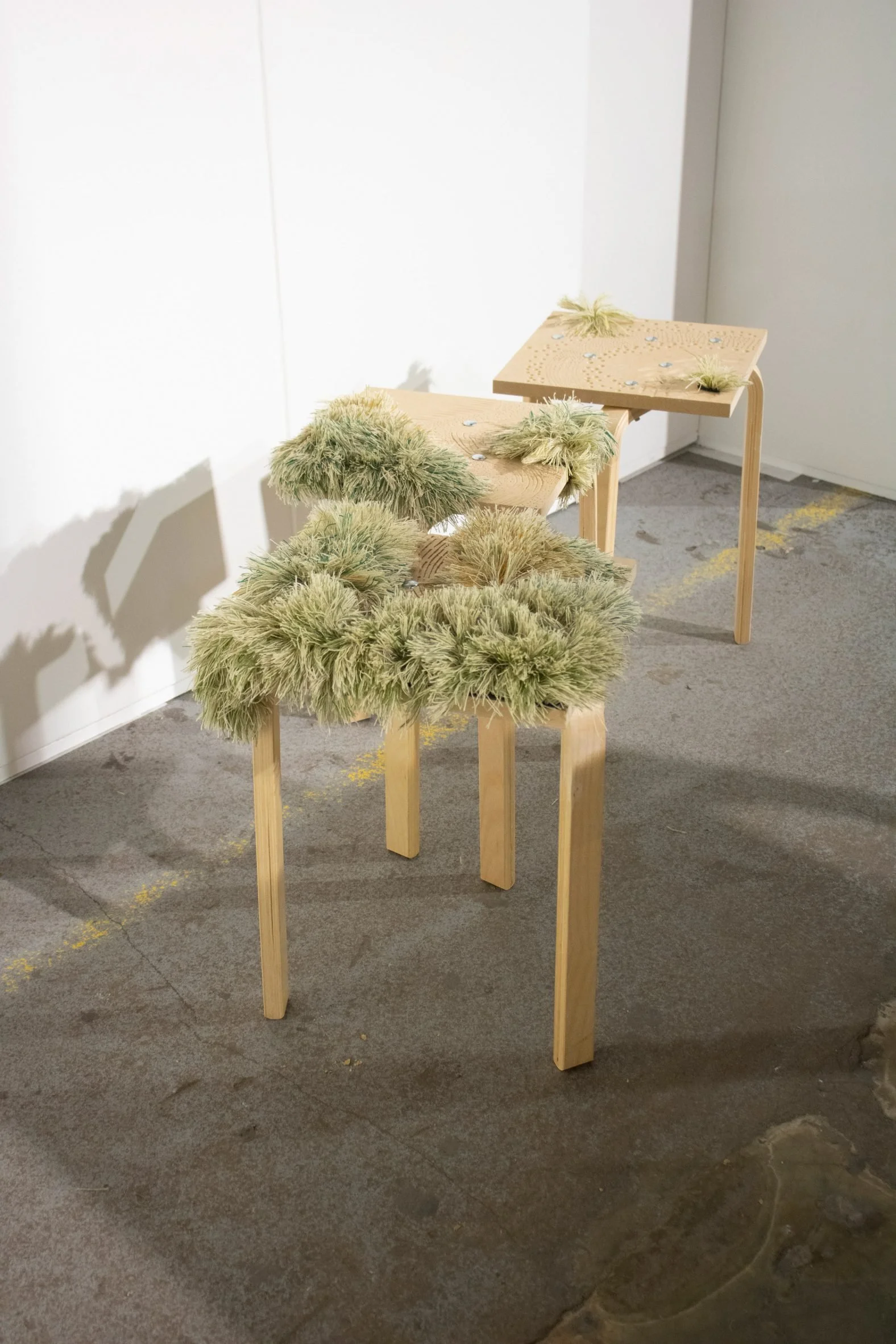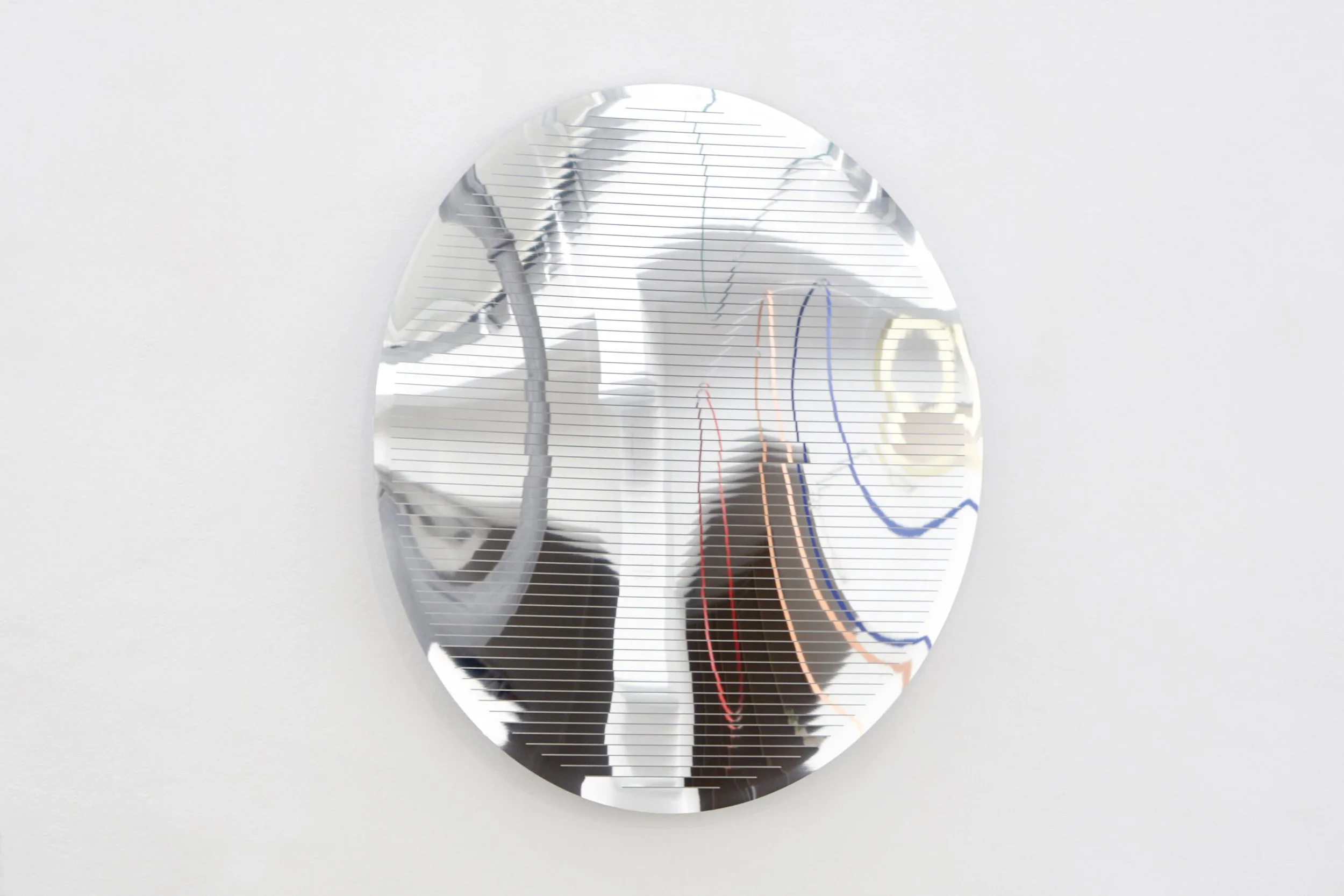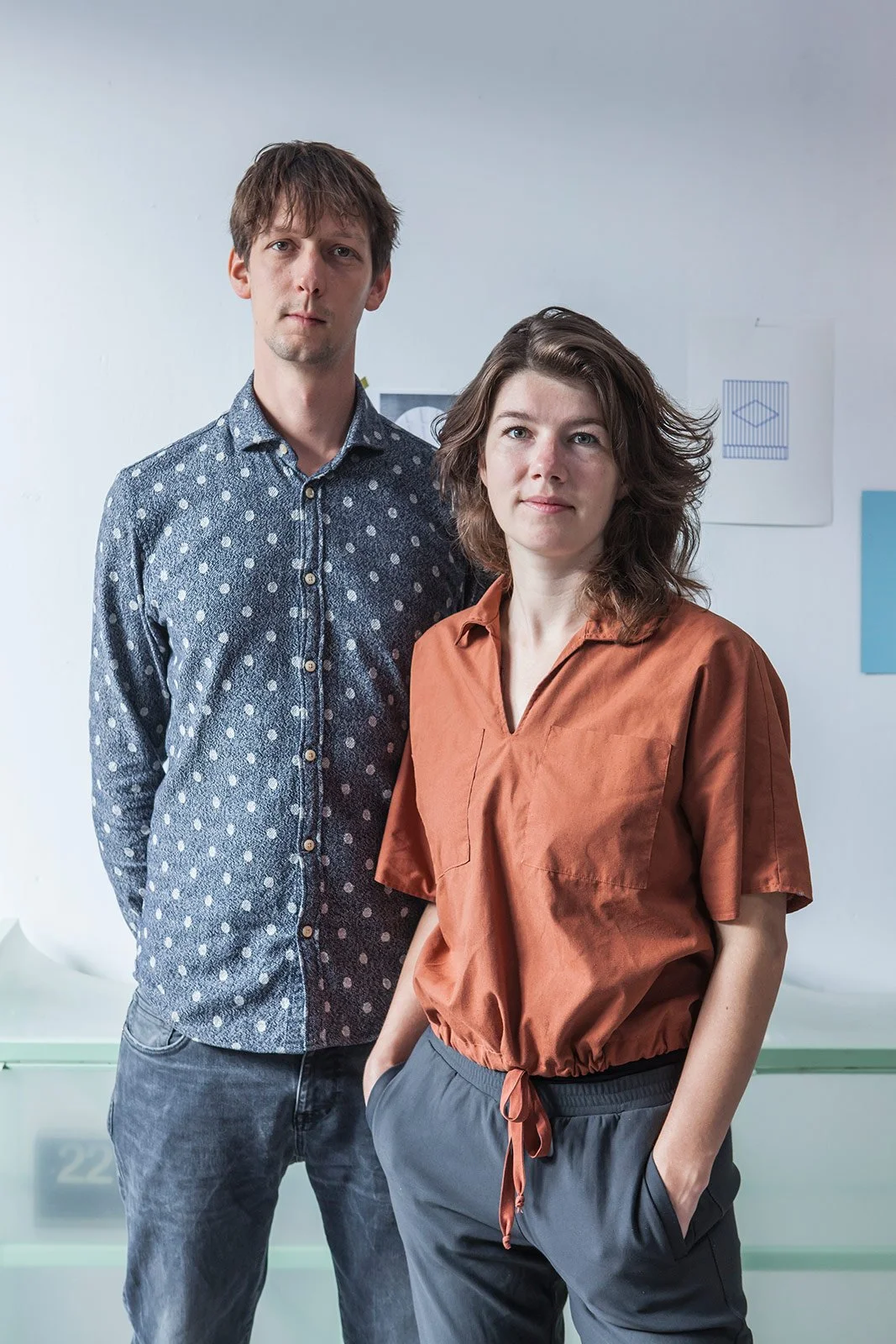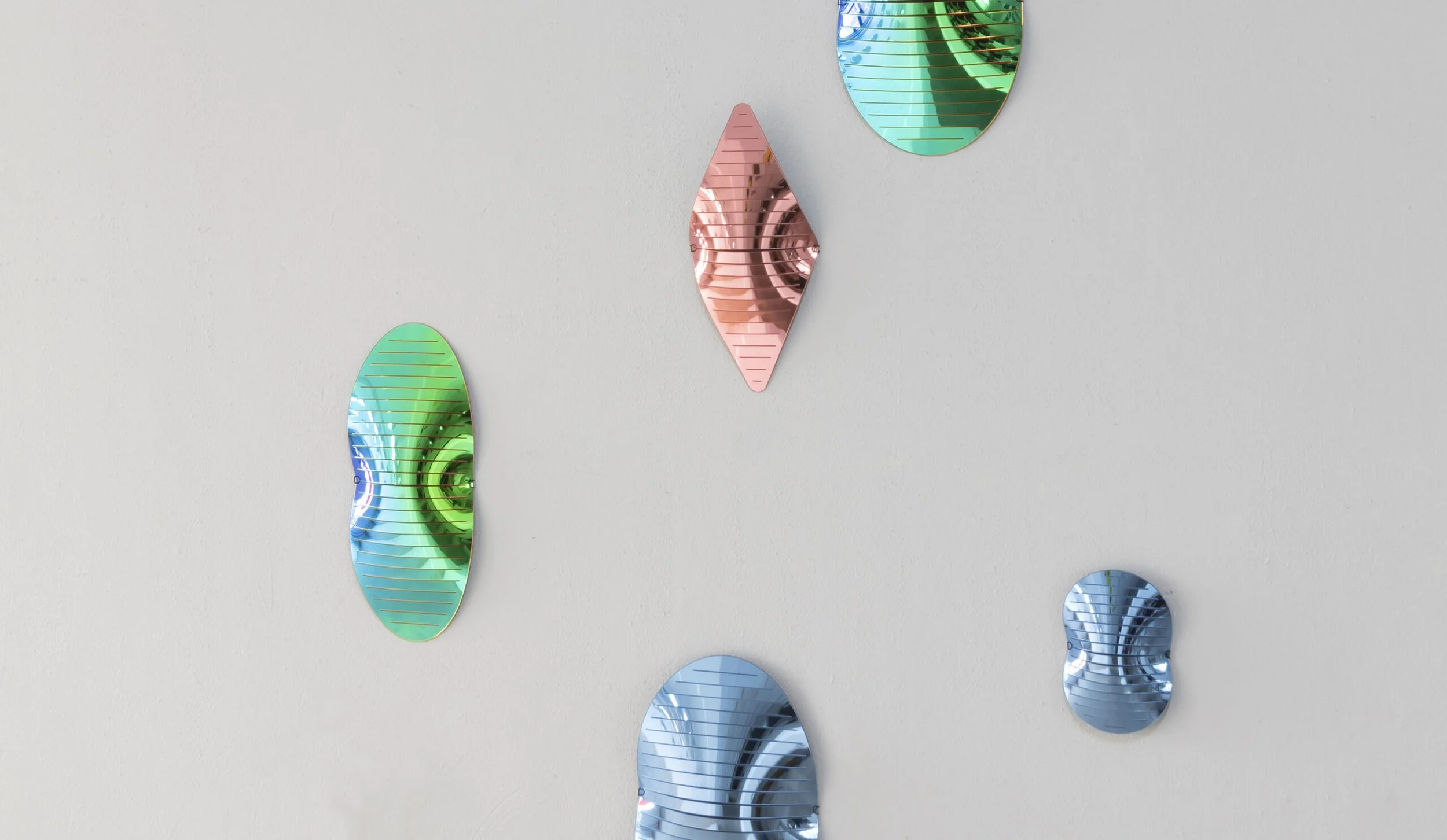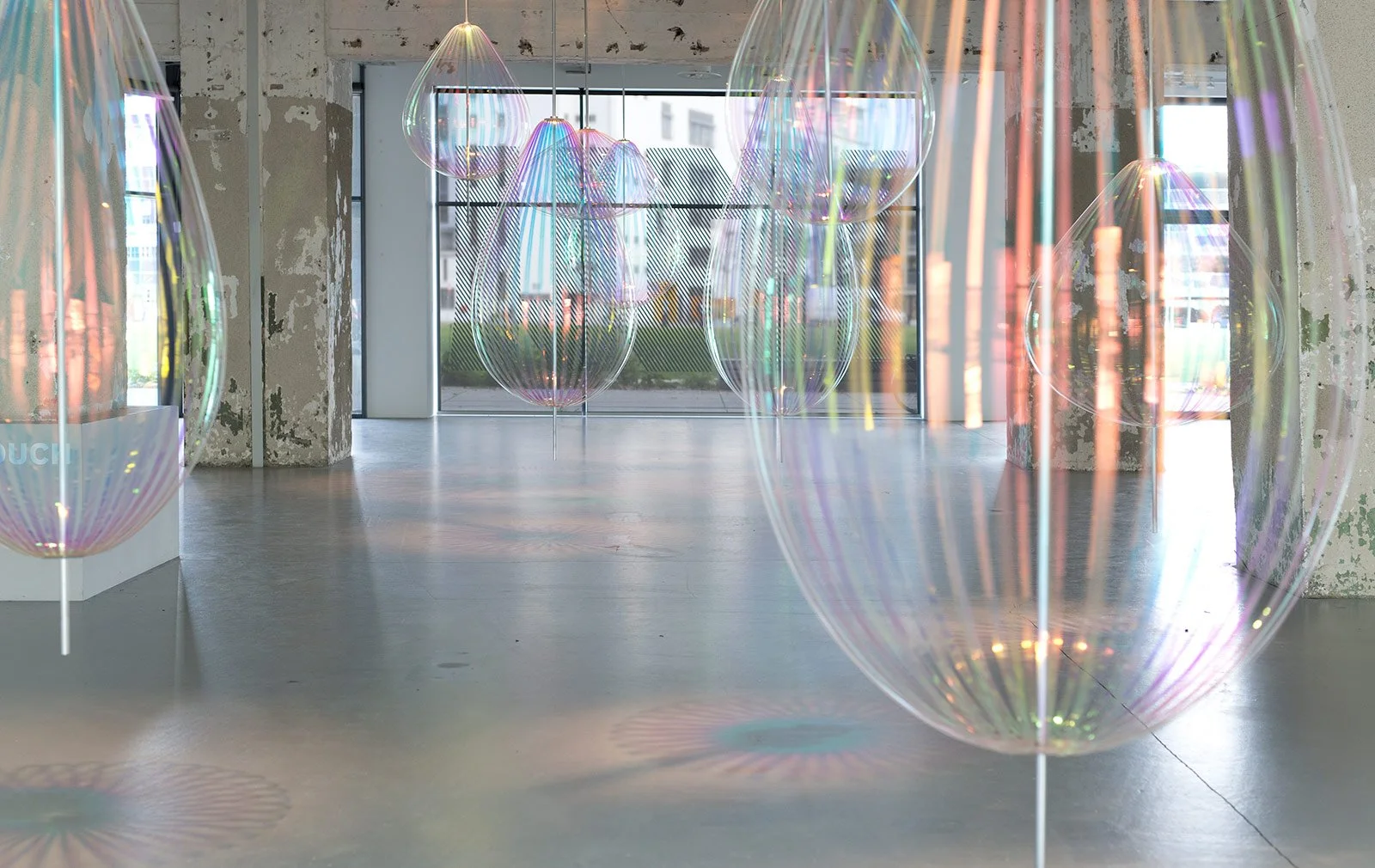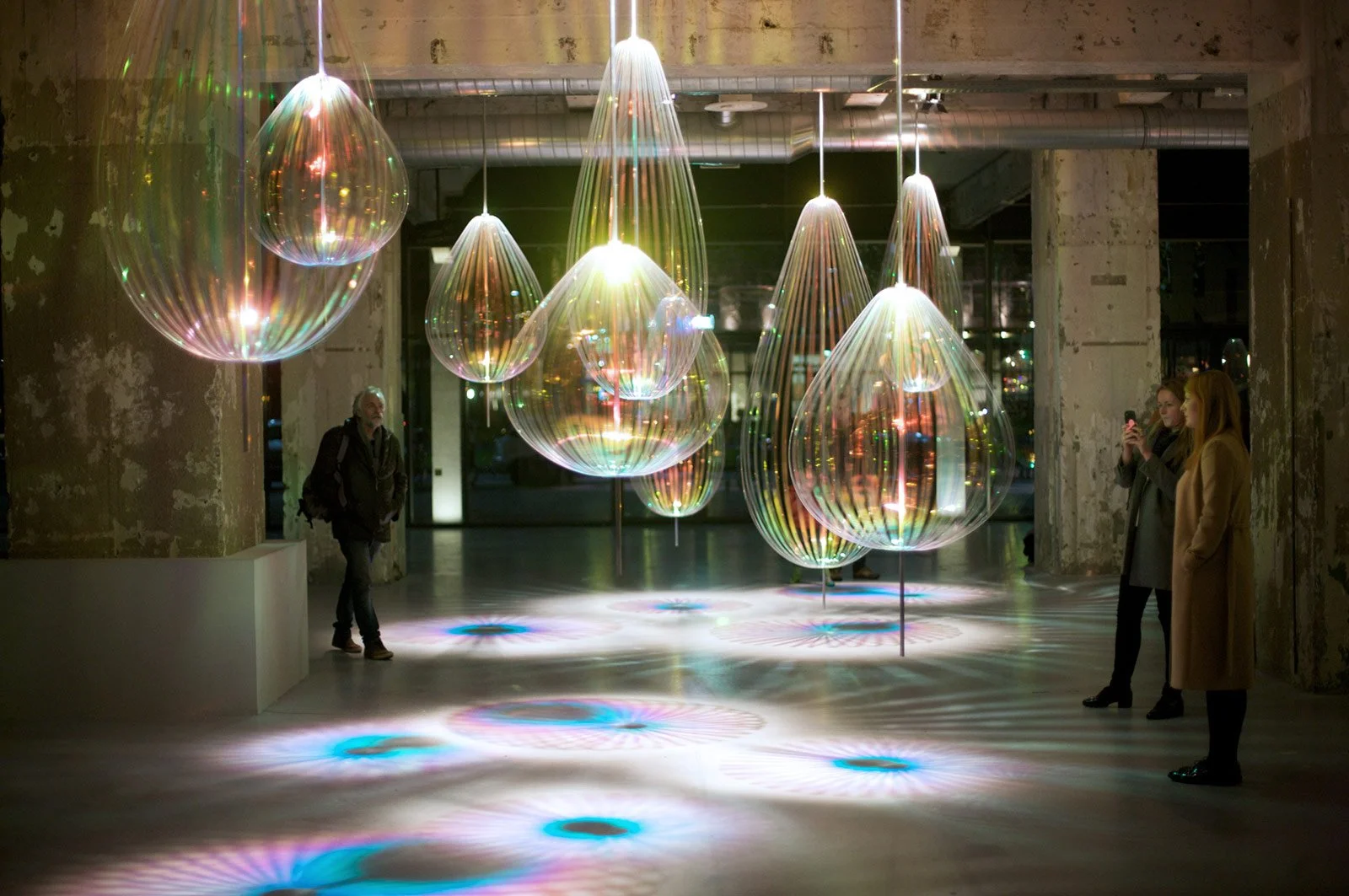 Image 1 of 27
Image 1 of 27

 Image 2 of 27
Image 2 of 27

 Image 3 of 27
Image 3 of 27

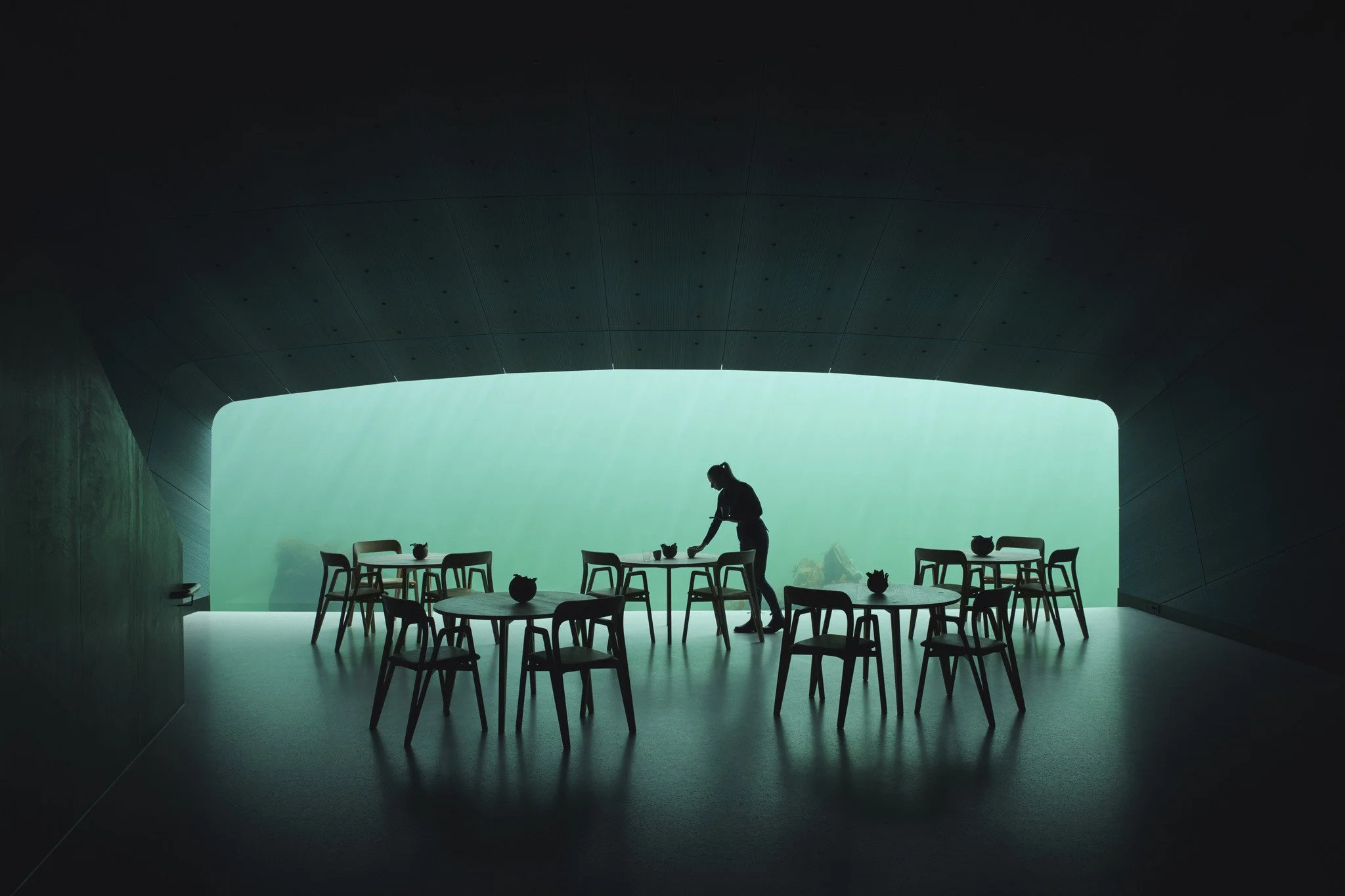 Image 4 of 27
Image 4 of 27

 Image 5 of 27
Image 5 of 27

 Image 6 of 27
Image 6 of 27

 Image 7 of 27
Image 7 of 27

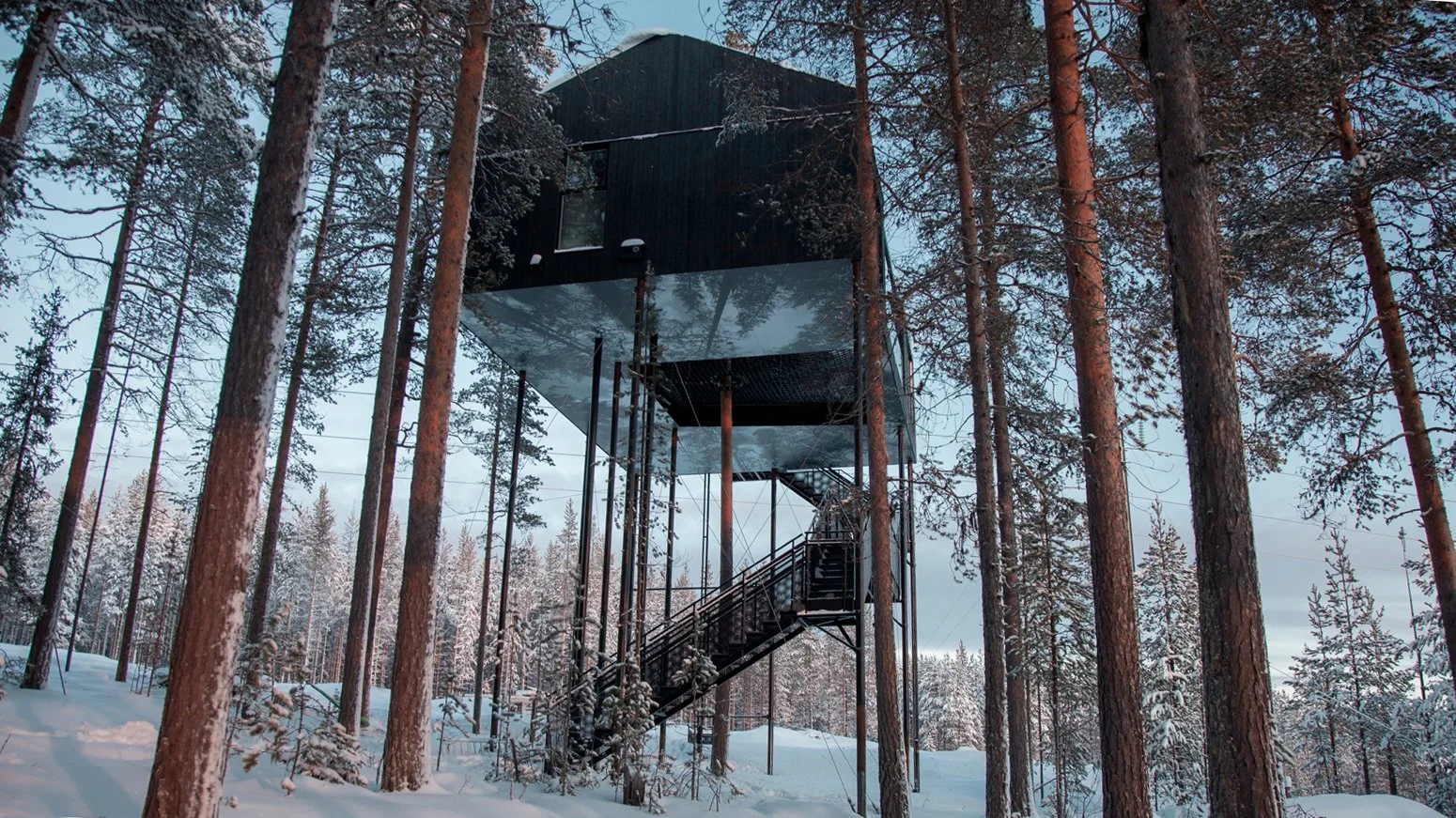 Image 8 of 27
Image 8 of 27

 Image 9 of 27
Image 9 of 27

 Image 10 of 27
Image 10 of 27

 Image 11 of 27
Image 11 of 27

 Image 12 of 27
Image 12 of 27

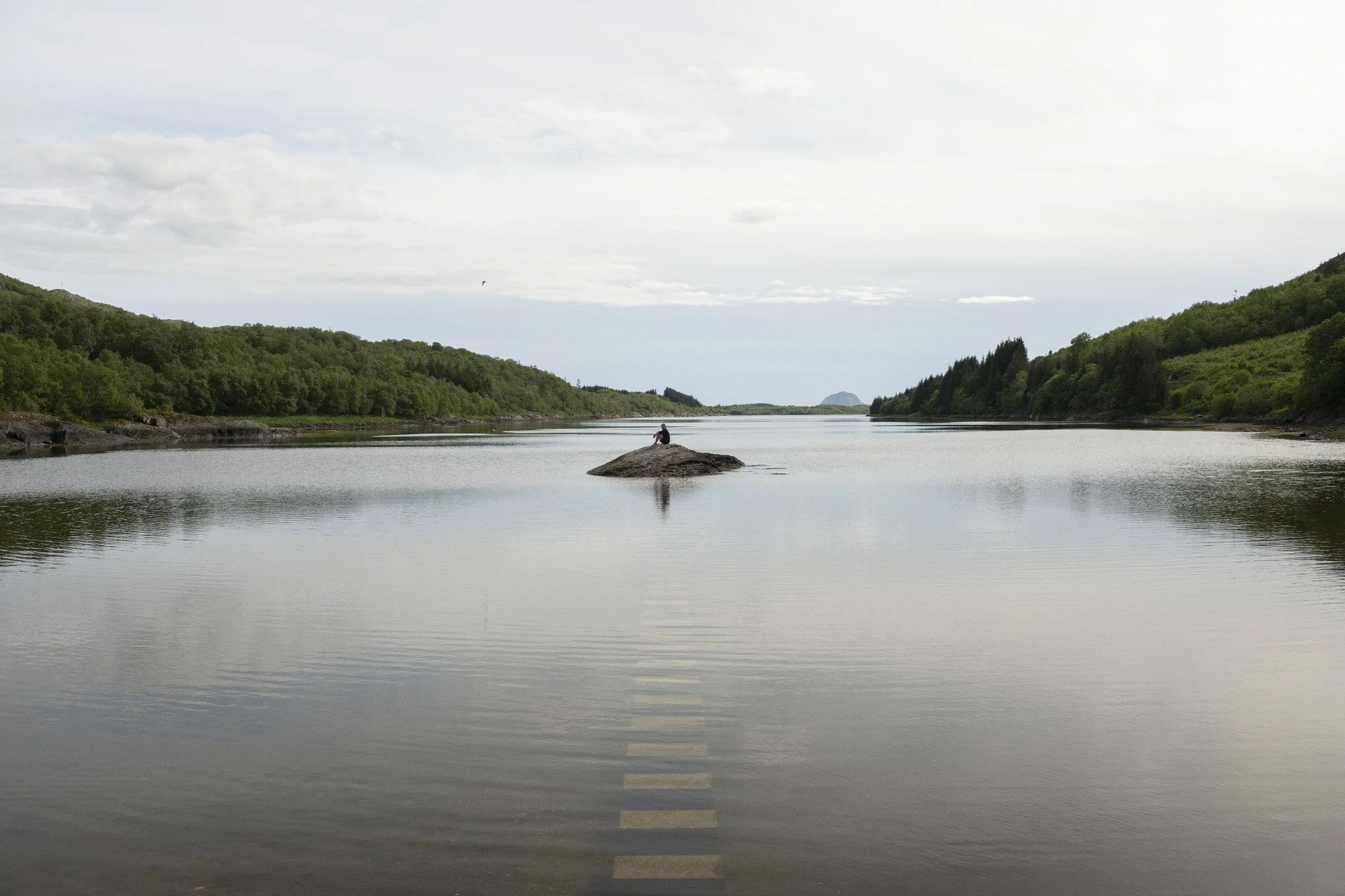 Image 13 of 27
Image 13 of 27

 Image 14 of 27
Image 14 of 27

 Image 15 of 27
Image 15 of 27

 Image 16 of 27
Image 16 of 27

 Image 17 of 27
Image 17 of 27

 Image 18 of 27
Image 18 of 27

 Image 19 of 27
Image 19 of 27

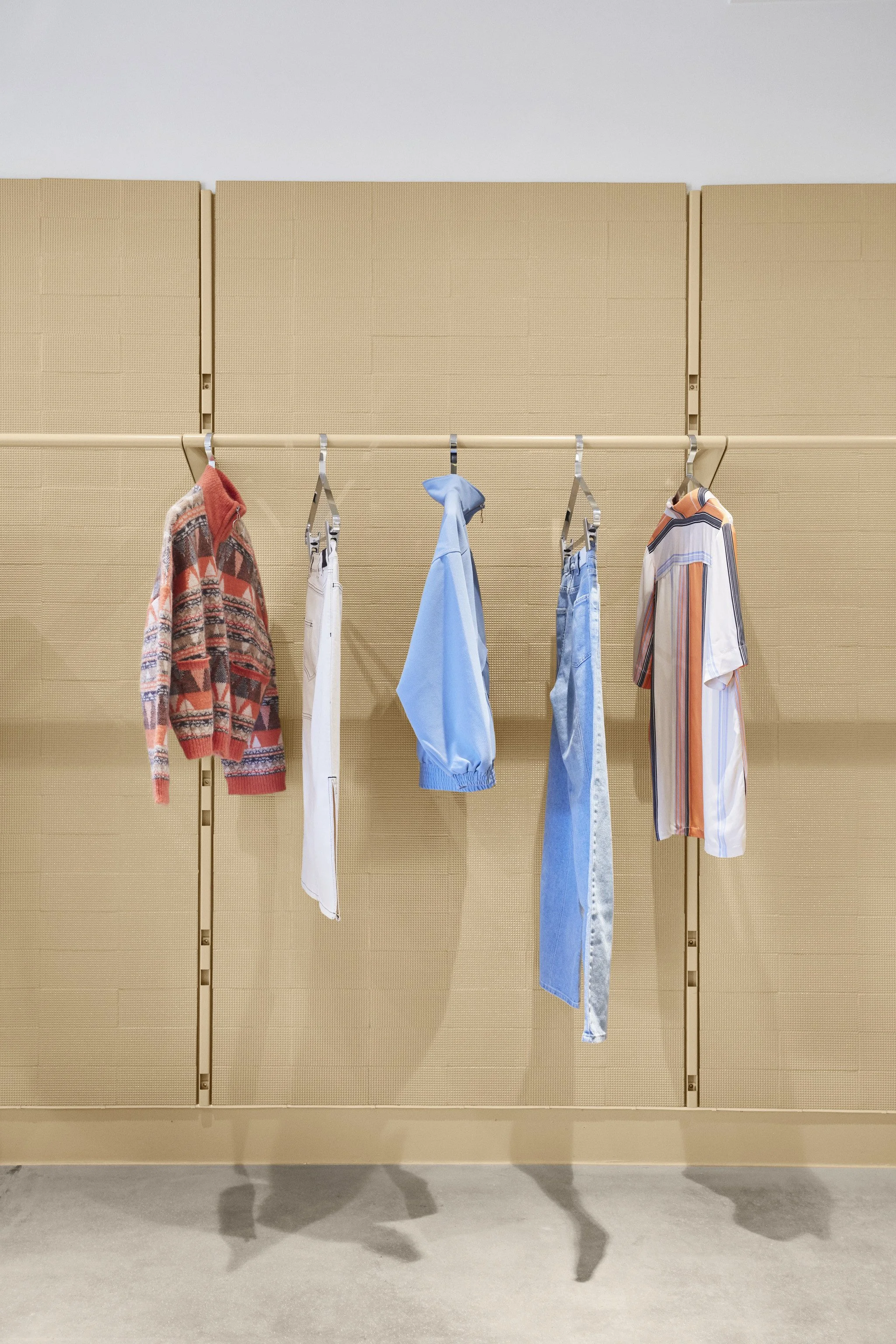 Image 20 of 27
Image 20 of 27

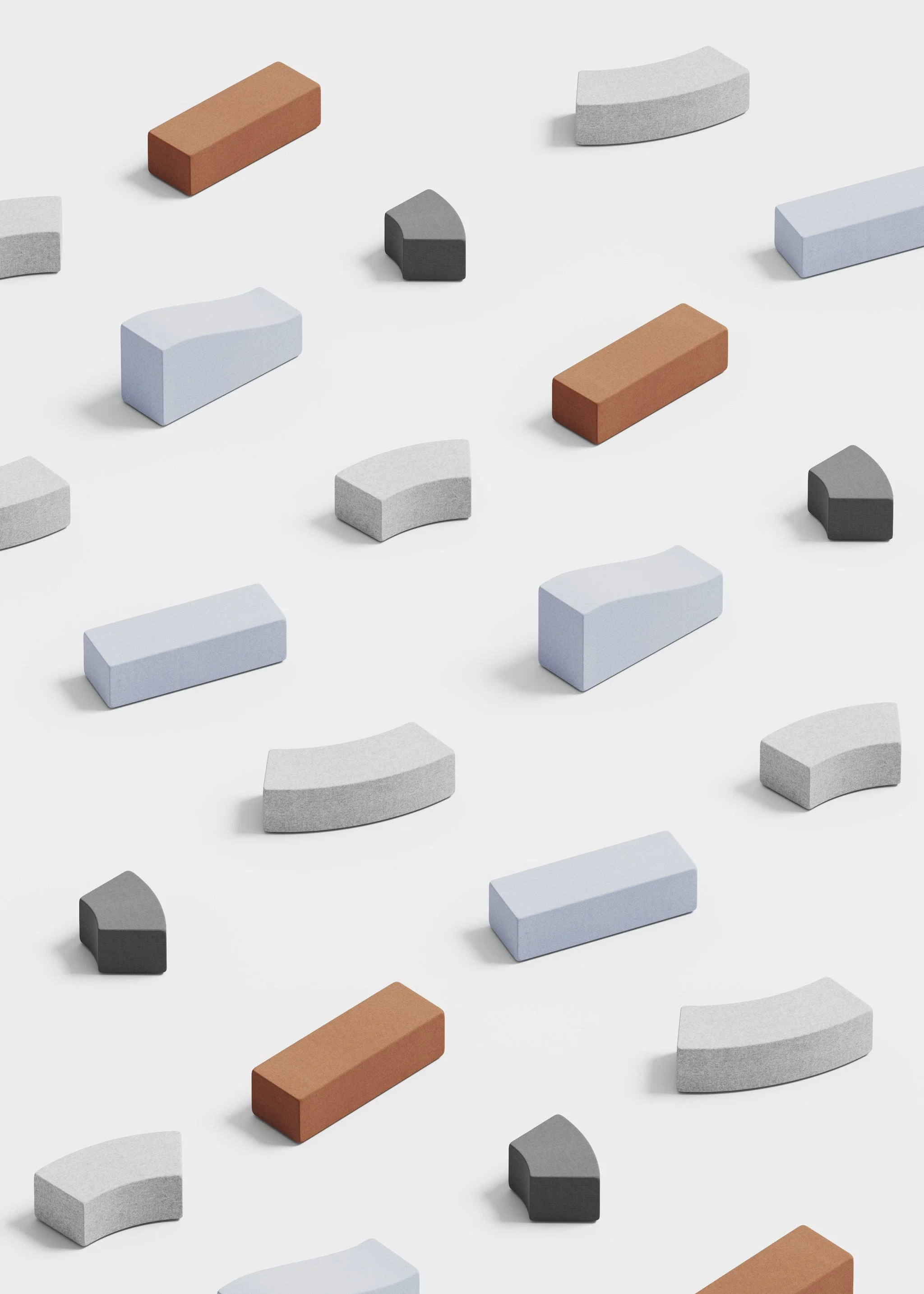 Image 21 of 27
Image 21 of 27

 Image 22 of 27
Image 22 of 27

 Image 23 of 27
Image 23 of 27

 Image 24 of 27
Image 24 of 27

 Image 25 of 27
Image 25 of 27

 Image 26 of 27
Image 26 of 27

 Image 27 of 27
Image 27 of 27




























Snøhetta design process is centered around sustainability and circularity
Snøhetta is a global transdisciplinary design practice founded in 1989 by Kjetil Trædal Thorsen and Craig Dykers. Based in Oslo, Norway, and New York, USA, the firm was established with the mission to create socially and environmentally sustainable architecture, landscape architecture, interior architecture, and product design. Snøhetta's current mission focuses on integrating circular economy principles into their projects, promoting sustainability, and pushing the boundaries of design and technology. Core values include innovation, sustainability, and social responsibility, with a purpose to redefine the relationship between design, materials, and the environment.
Location
Headquarters: Oslo, Norway, and New York, USA.
Primary manufacturing/operations locations: Various global locations for projects and collaborations.
The Circular Vision
Core circular economy principles: Designing out waste, using recycled and sustainable materials, and creating products and buildings that promote environmental awareness and sustainable practices.
Key innovations: Development of projects like the "S-1500" chair, which uses recycled plastic from the local fish farming industry, and the "Svart" hotel, designed to be the world's first energy-positive hotel above the Arctic Circle.
Prioritization of local sourcing and closed-loop supply chains: Emphasis on using locally sourced materials and sustainable production methods to minimize environmental impact and support local economies.
Pioneering Solutions
Flagship projects: "S-1500" chair (made from recycled plastic and steel), "Svart" hotel (energy-positive hotel in the Arctic Circle), and the "Knowledge Center for Plastic and Marine Littering" (educational space for marine waste awareness).
Unique value propositions: High-quality, innovative design solutions that prioritize circularity, material reuse, and environmental responsibility. Snøhetta's work is known for its ability to create immersive, thought-provoking environments that connect with diverse audiences while promoting sustainability.
The Regenerative Future
R&D focus areas: Advancing sustainable design techniques, exploring new applications for recycled and sustainable materials, and developing solutions that further reduce waste and energy consumption in design and production processes.
Ambitious goals: To lead the design industry in sustainable practices, create zero-waste products and buildings, and inspire a shift towards a regenerative approach to design and environmental stewardship.
Fact Sheet
Commercial Availability: Design services and products available through collaborations, exhibitions, and partnerships with cultural institutions and businesses.
Circularity Rating: 5/5 (Strong focus on integrating circular economy principles in design and production).
Cost Rating: 4/5 (Competitive with high-end design services, with significant value in sustainability and innovation).
Material Passport: Detailed material traceability and use of recycled and sustainable materials, as evidenced in projects like the "S-1500" chair.
Designed for Disassembly: Yes, installations and projects are often designed for easy disassembly and recycling.
Carbon Performance: Focus on reducing carbon footprint through the use of sustainable materials and local production. Committed to minimizing environmental impact through efficient design and production processes.
Key Takeaway
Snøhetta transforms the design industry through innovative, sustainable solutions that prioritize circular economy principles, setting a benchmark for environmental responsibility and material innovation in contemporary design.
Explore Further
Snøhetta website: https://www.snohetta.com
S-1500 chair project: https://www.snohetta.com/projects/s-1500
Svart hotel project: https://www.snohetta.com/projects/svart
Snøhetta is a global transdisciplinary design practice founded in 1989 by Kjetil Trædal Thorsen and Craig Dykers. Based in Oslo, Norway, and New York, USA, the firm was established with the mission to create socially and environmentally sustainable architecture, landscape architecture, interior architecture, and product design. Snøhetta's current mission focuses on integrating circular economy principles into their projects, promoting sustainability, and pushing the boundaries of design and technology. Core values include innovation, sustainability, and social responsibility, with a purpose to redefine the relationship between design, materials, and the environment.
Location
Headquarters: Oslo, Norway, and New York, USA.
Primary manufacturing/operations locations: Various global locations for projects and collaborations.
The Circular Vision
Core circular economy principles: Designing out waste, using recycled and sustainable materials, and creating products and buildings that promote environmental awareness and sustainable practices.
Key innovations: Development of projects like the "S-1500" chair, which uses recycled plastic from the local fish farming industry, and the "Svart" hotel, designed to be the world's first energy-positive hotel above the Arctic Circle.
Prioritization of local sourcing and closed-loop supply chains: Emphasis on using locally sourced materials and sustainable production methods to minimize environmental impact and support local economies.
Pioneering Solutions
Flagship projects: "S-1500" chair (made from recycled plastic and steel), "Svart" hotel (energy-positive hotel in the Arctic Circle), and the "Knowledge Center for Plastic and Marine Littering" (educational space for marine waste awareness).
Unique value propositions: High-quality, innovative design solutions that prioritize circularity, material reuse, and environmental responsibility. Snøhetta's work is known for its ability to create immersive, thought-provoking environments that connect with diverse audiences while promoting sustainability.
The Regenerative Future
R&D focus areas: Advancing sustainable design techniques, exploring new applications for recycled and sustainable materials, and developing solutions that further reduce waste and energy consumption in design and production processes.
Ambitious goals: To lead the design industry in sustainable practices, create zero-waste products and buildings, and inspire a shift towards a regenerative approach to design and environmental stewardship.
Fact Sheet
Commercial Availability: Design services and products available through collaborations, exhibitions, and partnerships with cultural institutions and businesses.
Circularity Rating: 5/5 (Strong focus on integrating circular economy principles in design and production).
Cost Rating: 4/5 (Competitive with high-end design services, with significant value in sustainability and innovation).
Material Passport: Detailed material traceability and use of recycled and sustainable materials, as evidenced in projects like the "S-1500" chair.
Designed for Disassembly: Yes, installations and projects are often designed for easy disassembly and recycling.
Carbon Performance: Focus on reducing carbon footprint through the use of sustainable materials and local production. Committed to minimizing environmental impact through efficient design and production processes.
Key Takeaway
Snøhetta transforms the design industry through innovative, sustainable solutions that prioritize circular economy principles, setting a benchmark for environmental responsibility and material innovation in contemporary design.
Explore Further
Snøhetta website: https://www.snohetta.com
S-1500 chair project: https://www.snohetta.com/projects/s-1500
Svart hotel project: https://www.snohetta.com/projects/svart







